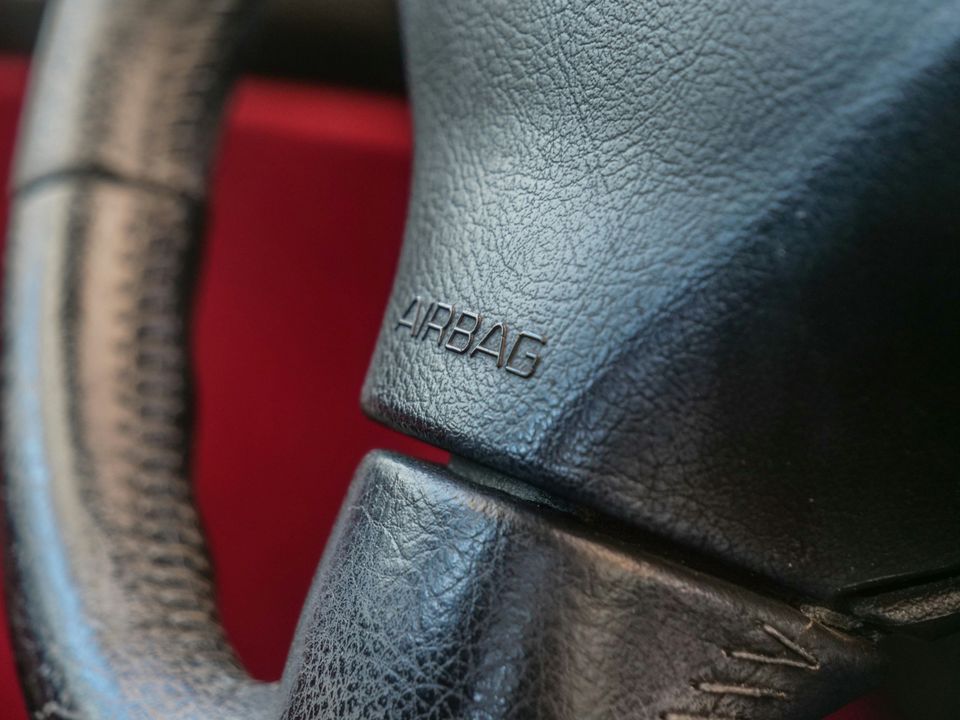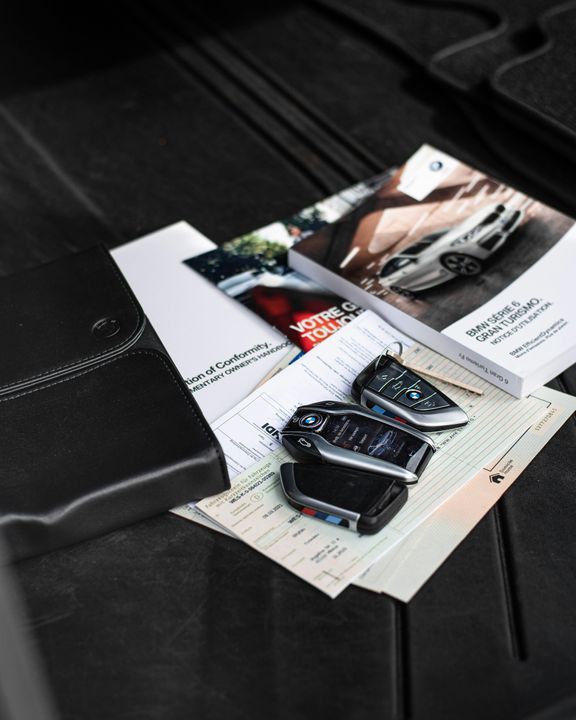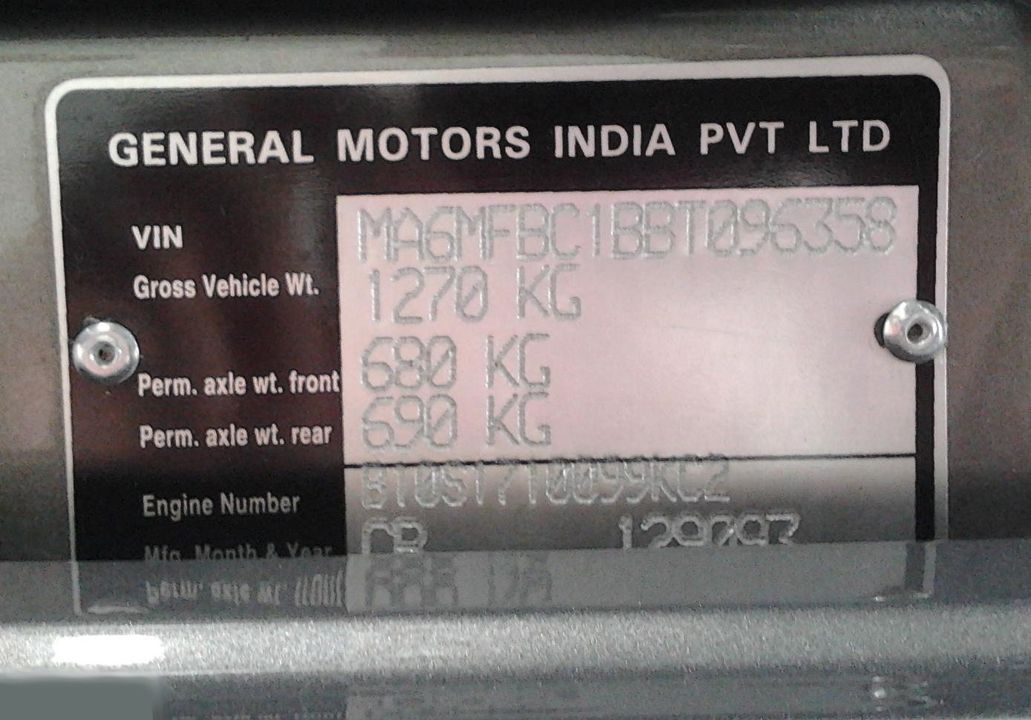Does Airbag Deployment Mean Your Car is Totaled? 2025 Cost Analysis and Recovery Guide
Key Takeaways
- Airbag deployment alone does NOT automatically total your car - it depends on repair costs vs. vehicle value
- States use different total loss thresholds (50-80%), with most following the 70% rule
- Airbag replacement costs range from $1,000-$6,000 per airbag in 2025, depending on vehicle type
- Modern vehicles may have 6-12 airbags, significantly impacting repair costs
- You can challenge insurance decisions and potentially buy back your totaled vehicle
The moment your airbags deploy during an accident, a common fear sets in: is your car now considered a total loss? This widespread misconception has left countless drivers confused about their options and financial outlook after a collision. In reality, airbag deployment is just one factor in a complex calculation that determines whether your vehicle will be deemed totaled.
Understanding Total Loss Calculations in 2025
When insurance companies evaluate whether a vehicle is totaled, they use a specific formula that has evolved significantly in recent years. The basic principle remains: if repair costs exceed a certain percentage of the vehicle's actual cash value (ACV), it's declared a total loss.
State-by-State Total Loss Thresholds
While many believe the 70% rule is universal, total loss thresholds actually vary significantly by state:
- 50% States: Iowa, Colorado, Texas
- 60% States: Oklahoma, Minnesota
- 70% States: Georgia, Illinois, New York
- 75% States: New Jersey, Pennsylvania
- 80% States: Florida, Missouri
- 100% States: Montana, Oregon (total loss only when repairs exceed vehicle value)
This variation means identical accidents in different states could result in different total loss determinations.
The Real Cost of Airbag Replacement in 2025
Airbag technology has advanced significantly, but so have the costs. Here's what you can expect in 2025:
Cost Breakdown by Airbag Type
| Airbag Type | Parts Cost | Labor Cost | Total Cost Range |
|---|---|---|---|
| Driver Front Airbag | $400-$1,000 | $150-$300 | $550-$1,300 |
| Passenger Front Airbag | $400-$1,500 | $150-$300 | $550-$1,800 |
| Side Curtain Airbags | $200-$700 | $150-$250 | $350-$950 |
| Knee Airbags | $400-$1,000 | $150-$300 | $550-$1,300 |
| Steering Wheel Airbag with Module | $800-$1,500 | $200-$350 | $1,000-$1,850 |
Modern luxury vehicles can have up to 12 airbags, potentially adding $12,000-$20,000 to repair costs just for airbag replacement.
Why the Misconception Exists
The belief that airbag deployment equals total loss stems from several factors:
- Historical Context: In older vehicles with fewer safety features, airbag deployment often accompanied severe structural damage
- Rising Repair Costs: With 2025's inflated parts and labor costs, even minor accidents can quickly approach total loss thresholds
- Complex Modern Systems: Today's airbags are integrated with numerous sensors and computers, requiring extensive diagnostic work
- Multiple Deployments: Modern cars deploy multiple airbags simultaneously, multiplying replacement costs
Factors That Actually Determine Total Loss
Beyond airbag deployment, insurance adjusters consider:
1. Structural Damage Assessment
- Frame damage or unibody deformation
- Suspension system integrity
- Engine or transmission damage
- Electrical system functionality
2. Hidden Damage Potential
Adjusters often add 10-20% to initial estimates to account for damage discovered during disassembly, particularly in vehicles with:
- Advanced driver assistance systems (ADAS)
- Hybrid or electric powertrains
- Complex infotainment systems
3. Market Value Considerations
The 2025 used car market has created unique scenarios where older vehicles might be saved from total loss due to their appreciated values, while newer vehicles with complex technology might be totaled more easily.
Environmental and Economic Impacts of Vehicle Total Loss
A perspective often overlooked in total loss discussions is the environmental impact. In 2025, with increased focus on sustainability:
- Carbon Footprint: Manufacturing a new vehicle produces approximately 4-12 tons of CO2
- Resource Consumption: Each new vehicle requires roughly 39,000 gallons of water to produce
- Recycling Challenges: Modern vehicles contain complex materials that are difficult to recycle, including airbag components
These factors have led to new "green repair" initiatives where insurers are more willing to repair vehicles that might have been totaled in previous years.
Your Options When Facing Potential Total Loss
1. Challenge the Insurance Assessment
You have the right to dispute a total loss determination:
- Obtain independent repair estimates
- Research your vehicle's actual market value using Kelley Blue Book or Edmunds
- Document recent maintenance and upgrades
- Consider hiring an independent adjuster
2. Buy Back Your Totaled Vehicle
If your car is declared totaled, you might be able to purchase it back from the insurance company:
- Salvage value typically ranges from 20-40% of pre-accident value
- You'll receive a salvage title, affecting future resale
- Some states require safety inspections before returning to the road
3. Negotiate Airbag Replacement Options
Consider these alternatives to reduce costs:
- Aftermarket airbags: Can save 30-50% but may affect warranty
- Used OEM airbags: From salvage yards (ensure they're unused and properly certified)
- Airbag module reset: Some vehicles allow sensor reset without full replacement
Future Technology Impact on Total Loss Calculations
Emerging technologies are changing how total loss is determined:
Advanced Airbag Systems
- Smart airbags: Adjust deployment force based on occupant size and position
- External airbags: Deploy outside the vehicle to reduce impact
- Multi-stage deployment: Reduces replacement costs by deploying only necessary sections
Predictive Total Loss Models
Insurance companies now use AI to predict total loss probability within seconds of an accident report, considering:
- Impact severity data from vehicle sensors
- Historical repair costs for similar damage
- Parts availability and supply chain factors
Making an Informed Decision
When faced with potential total loss after airbag deployment, consider this decision framework:
Repair vs. Replace Calculator
- Calculate true repair costs: Add 15-20% to estimates for hidden damage
- Assess vehicle condition: Consider mileage, maintenance history, and pre-accident issues
- Evaluate market conditions: Compare replacement vehicle costs in your area
- Factor in time: Repairs might take 4-8 weeks due to parts availability
- Consider safety: Ensure all repairs meet manufacturer specifications
Legal Considerations and Consumer Rights
Understanding your rights is crucial when dealing with total loss determinations:
- Independent inspections: You can hire your own inspector at your expense
- Comparable vehicle documentation: Insurance must show how they calculated your vehicle's value
- Negotiation period: Most states allow 30 days to dispute total loss findings
- Legal representation: Consider consulting an attorney for high-value vehicles or disputed claims
Real-World Feedback
Practical insights from the automotive community reveal a consistent message: airbag deployment alone rarely determines whether a vehicle is totaled. Experienced mechanics and insurance professionals across online forums emphasize that the decision ultimately comes down to repair costs versus vehicle value. One insurance industry veteran noted that while deployed airbags and locked seatbelts traditionally served as indicators of accident severity, they're now just one factor in a more complex calculation, especially given today's inflated used car market.
Technical discussions highlight several nuanced factors that influence total loss determinations. Community members explain that modern vehicles can have multiple airbag sensors that might trigger deployment even in relatively minor incidents, such as severe pothole strikes. The cost considerations extend beyond just replacing the airbags themselves—mechanics point out that related components like dashboards, seats, headliners, and trim panels often need replacement too. One experienced technician detailed how a seemingly minor incident requiring two side airbags, a seat replacement, and headliner work could easily reach $4,000-$6,000 in repairs.
Personal experiences shared in automotive forums provide valuable real-world context. Several drivers reported successfully challenging insurance decisions to total their vehicles, particularly when only side airbags deployed without significant structural damage. One CX-5 owner described how a pothole incident that deployed seat and side curtain airbags initially seemed catastrophic, but ultimately proved repairable since no frontal airbags were triggered. Multiple community members also suggested pursuing claims against local municipalities for pothole damage, with some reporting successful reimbursements for repairs.
The community's collective wisdom suggests that while airbag deployment creates a presumption of significant damage, each case requires individual assessment. Factors like vehicle age, market value, extent of deployment, and associated damage all play crucial roles. Many forum participants recommend getting multiple repair estimates and understanding your insurance policy's specific threshold percentages before accepting a total loss determination. The consensus appears clear: deployed airbags complicate matters but don't automatically seal a vehicle's fate.
Conclusion
Airbag deployment doesn't automatically mean your car is totaled, but it significantly impacts the total loss calculation. With 2025's complex vehicle systems and rising repair costs, understanding the complete picture is essential for making informed decisions. Whether fighting a total loss determination or accepting it, knowledge of your rights, market conditions, and available options ensures you get the best possible outcome.
Remember that each situation is unique, and factors like your location, vehicle type, and insurance coverage all play crucial roles in the final determination. By understanding these complexities and staying informed about your options, you can navigate the post-accident process with confidence, whether your airbags deployed or not.
For more detailed information on insurance claims and legal rights, consult resources like the National Association of Insurance Commissioners or speak with a qualified attorney specializing in automotive insurance disputes.





